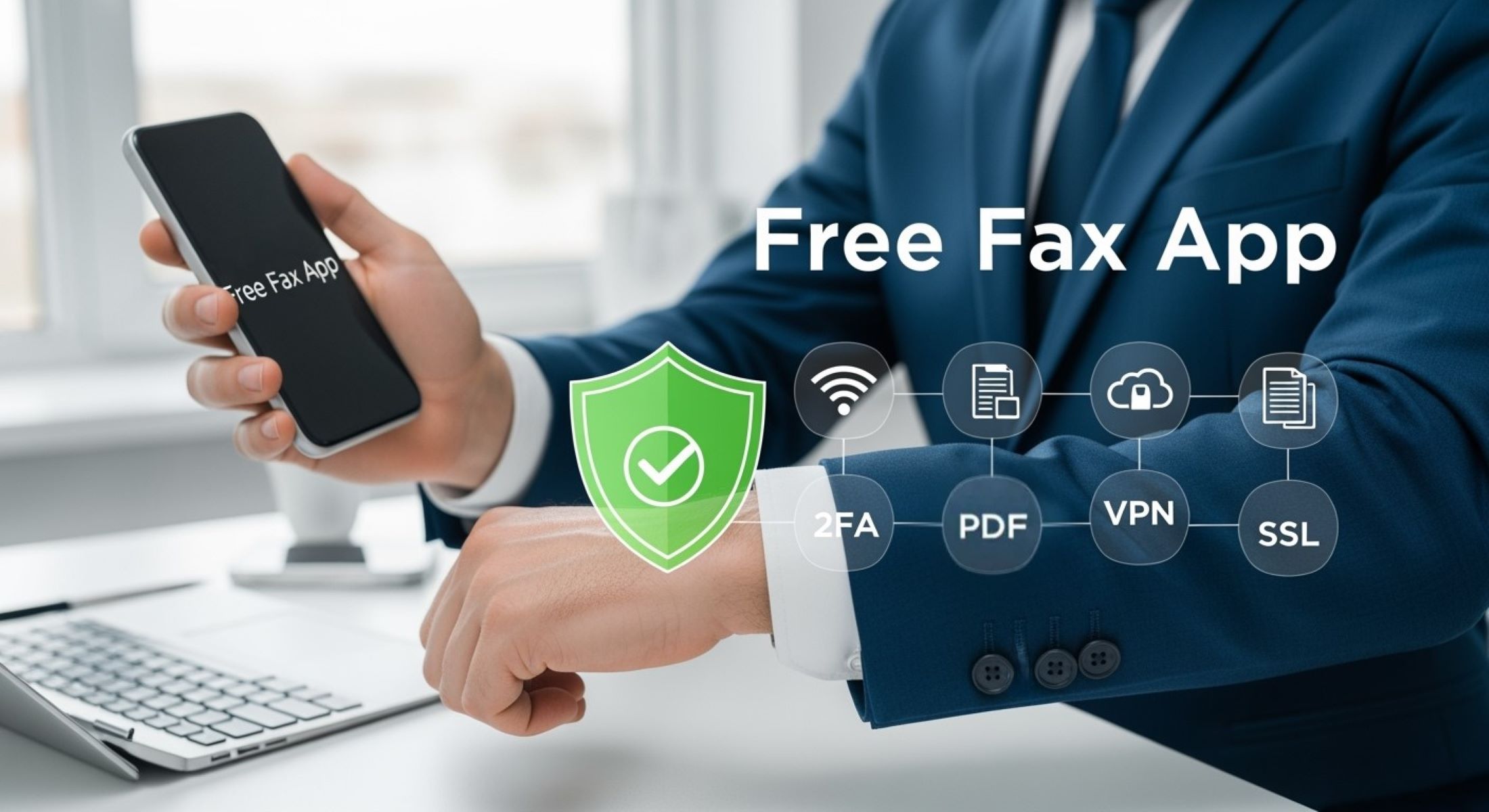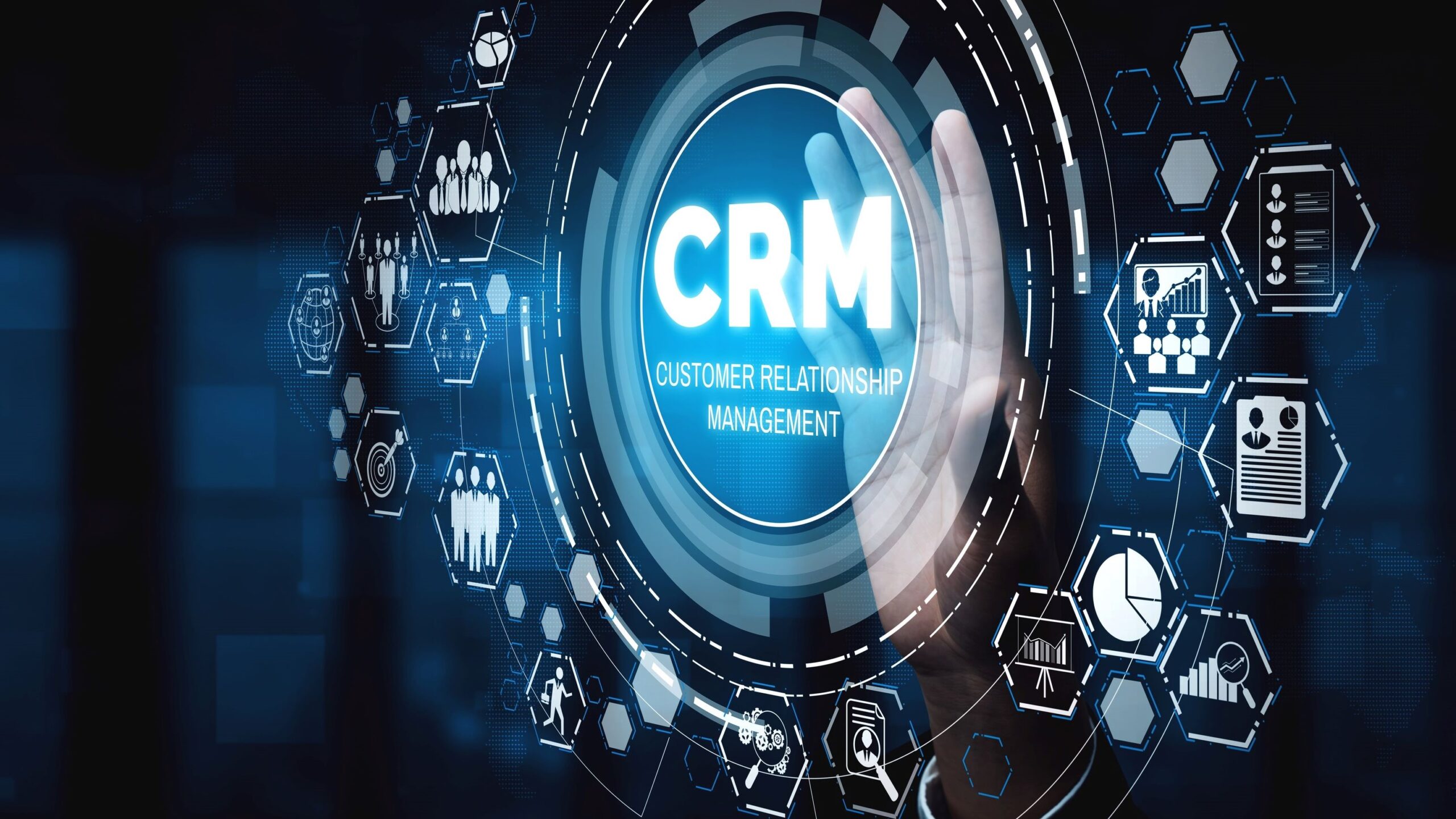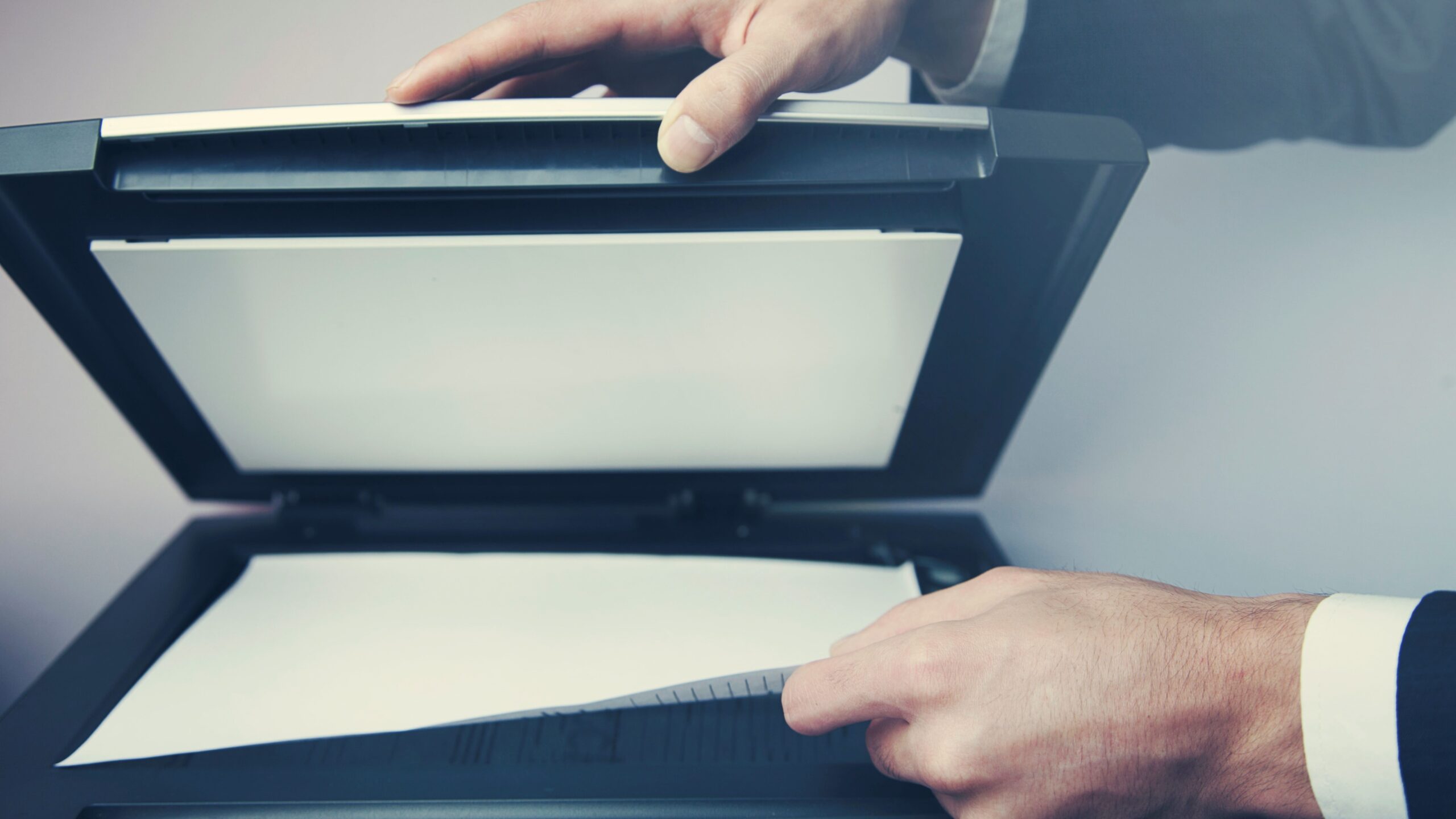Sending documents to elderly relatives might sound like a simple task, but if you’ve ever tried it, you know it can quickly become a challenge. Between technology gaps, security concerns, and the need for clarity, figuring out the best way to send important papers can feel like navigating a maze. Whether it’s legal documents, medical records, or just family photos, making sure your elderly loved ones receive them safely and can easily access them is key. In this article, we’ll explore the smartest, easiest, and most secure methods to send documents to elderly relatives. We’ll break it down step-by-step, consider different scenarios, and even dive into some tech tips to make the process smooth for both you and them.
Understanding the Challenges When Sending Documents to Elderly Relatives
Before diving into the best ways to send documents to your elderly relatives, it’s crucial to first understand the unique challenges involved. Sending important papers to older family members is often more complicated than it seems because it’s not just about the method of delivery — it’s about making sure they can easily receive, access, and trust the information. One major hurdle is the technology gap that exists. Many elderly people didn’t grow up with smartphones, email, or cloud storage, so even basic tasks like opening an email attachment or downloading a file can feel intimidating or confusing. When you ask them to navigate unfamiliar digital tools, it can quickly become overwhelming, leaving them frustrated or unable to access what you sent.
Security is another big concern when sending documents that contain sensitive information. Items such as bank statements, wills, or medical records require careful handling to ensure privacy. Elderly relatives might not be fully aware of online security risks, making it easier for their personal information to be exposed if documents are sent or stored improperly. At the same time, family members often worry about protecting their loved ones from scams, identity theft, or accidental loss of important papers. This adds a layer of stress to what should be a simple task of sharing necessary information.
Physical limitations also play a role in these challenges. Many older adults struggle with vision problems, which makes reading small print or complicated documents difficult. Complex forms or digital instructions that rely on tiny fonts can discourage them from engaging with the material at all. Beyond eyesight, some might also have reduced motor skills, making it harder to handle smartphones, tablets, or even paper documents that require signing or folding. These physical barriers mean you have to be thoughtful about how documents are prepared and delivered to make sure they are accessible and easy to use.
Finally, there’s the issue of trust. Older relatives often feel more comfortable with physical documents because they can see and hold them — it feels more real and secure than something digital floating in the cloud. Many elderly people remain wary of online methods, unsure if their documents will reach the right place or fearing technology-based scams. This reluctance can cause them to resist digital options, making physical delivery the preferred method despite its inconveniences. Understanding these emotional and practical concerns is key to finding a method that works well for both you and your elderly family members.
Decide What Kind of Document You Are Sending
When sending documents to elderly relatives, it’s essential to think carefully about the kind of document and how urgent it is. This will help you pick the best and safest way to deliver it. Here’s a detailed breakdown to guide you through the process:
- Legal Documents
These include wills, property deeds, contracts, power of attorney papers, and any other documents with legal significance.- Urgency: High
- Delivery Method: Physical mail or in-person delivery is best because these documents are sensitive and must be handled securely. Physical copies allow the recipient to review, sign, and keep an official record without confusion.
- Medical Records
Documents like doctor’s reports, prescriptions, test results, or hospital discharge papers fall under this category.- Urgency: Medium
- Delivery Method: Use secure email services with encryption or trusted courier services. Medical records contain personal health information, so privacy and confidentiality are critical. Secure electronic methods or direct courier delivery ensure safety and speed.
- Family Photos
Pictures of family events, celebrations, or memories that you want to share with elderly relatives.- Urgency: Low
- Delivery Method: These can be sent via regular email or printed and mailed through standard postal services. Since photos aren’t sensitive, flexibility in the delivery method is possible. Printing photos can make it easier for elders who prefer physical copies.
- Financial Statements
This includes bank statements, tax returns, invoices, or investment summaries.- Urgency: High
- Delivery Method: Secure physical delivery is recommended. Because financial documents often contain private information, sending them via tracked courier or certified mail helps prevent loss or theft. Avoid sending these via unsecured email or regular mail.
- Instructions or Guides
Manuals, step-by-step instructions, or how-to guides designed to help elderly relatives perform certain tasks.- Urgency: Medium
- Delivery Method: Printed copies in large, easy-to-read fonts are best. Many elderly people have trouble reading small print, so clear and simple formatting is key. These can be mailed or handed over in person, making it easier for recipients to follow without digital distractions.
Choose Between Digital or Physical Delivery
| Delivery Method | Pros | Cons | Best For | Security Considerations |
| Physical Delivery | Familiar and easy to handle | Slower delivery time | Legal documents, financial papers | Can be lost or stolen in transit |
| No technology skills required | Risk of lost mail | Medical records, official notices | Requires secure packaging and tracking | |
| Tangible and trusted by many elderly people | Costs money for postage or courier | Personal letters, photos | Physical signatures often needed | |
| Digital Delivery | Instant delivery | Can be confusing for tech-challenged | Family photos, educational materials | Risk of hacking or data breaches |
| Cost-effective, no shipping costs | Requires internet access and devices | Instructions or guides | Needs secure email or encryption | |
| Easy to store and organize electronically | May need apps or accounts | Emergency contacts, reminders | Password protection advised |
Best Physical Methods to Send Documents
When your elderly relative prefers paper copies, choosing the right physical delivery method is crucial to ensure the documents arrive safely and on time. One of the most reliable options for sending important papers, such as legal contracts or financial statements, is certified mail or registered post. These services provide tracking and proof of delivery, giving you peace of mind that the documents have reached their destination. The ability to confirm receipt is especially valuable for sensitive or time-critical documents, making this method a trusted choice for many families.
For documents that are urgent or need extra care, courier services can be an excellent option. Couriers tend to be faster and more reliable than standard mail, reducing the risk of loss or delay. Although courier services often come at a higher cost, their efficiency and security make them worth considering, especially when dealing with fragile or highly important paperwork. Many courier companies also offer tracking features, allowing you to monitor the shipment in real time, which adds an extra layer of assurance.
If your elderly relative lives close by, hand delivery can sometimes be the simplest and most effective method. Dropping off documents personally ensures they arrive exactly when you want, and you can confirm directly that your relative has received them. This approach also offers the chance to answer any immediate questions they might have or help them understand the contents. Alternatively, if you cannot deliver the documents yourself, asking a trusted friend or family member to make the delivery can work just as well.
Choosing the best physical method depends largely on the document’s importance, urgency, and your relative’s location. Certified mail or registered post offers security for vital papers, couriers speed things up and provide careful handling, and hand delivery adds a personal touch that many elderly people appreciate. By understanding these options, you can make sure your documents are sent with care and confidence.
Best Digital Methods to Send Documents
- Email Attachments remain one of the most straightforward digital methods to send documents. It’s familiar to many and doesn’t require extra apps beyond an email account. However, it’s important to keep the file size small to avoid delivery issues and provide clear, simple instructions on how to open the attachments. This helps elderly relatives who might not be very tech-savvy feel more comfortable receiving and accessing the files.
- Cloud Storage Links offer a modern and convenient way to share documents without worrying about email attachment limits. Services like Google Drive, Dropbox, or OneDrive allow you to upload files and then share a link that your relative can click to view or download the document. To protect sensitive information, it’s crucial to set the sharing permissions to “view only” or restrict editing. This method also keeps all documents organized in one place, which can be accessed anytime with an internet connection.
- Messaging Apps such as WhatsApp, Facebook Messenger, or Telegram can be a quick way to send photos or smaller documents. Many elderly users find these apps easier to use since they often already communicate this way with family. However, these apps sometimes compress images and documents, which may reduce quality or make some details harder to read. It’s best suited for casual sharing rather than important paperwork.
- Secure Email Services are another option for sending sensitive documents like medical records or financial papers. These platforms offer encryption and extra security features to protect private data. While more secure, they might require a little more guidance to help elderly relatives understand how to access messages safely.
- Online Fax Services combine traditional faxing with digital convenience. If your relative is used to faxing but you want to avoid physical machines, you can send documents via online fax providers. The recipient receives a printed copy if they prefer paper, while you handle everything digitally on your end. This method blends old and new technology, easing the transition for some elderly users.
- Video Call Screen Sharing can be an interactive way to help your relative view documents in real-time. By sharing your screen during a call on platforms like Zoom or Skype, you can walk them through important papers, explain details, and answer questions immediately. This method is especially helpful for complicated documents or instructions.
Making Documents Easy to Access
| Accessibility Tip | Description | Best For | Why It Helps | Additional Notes |
| Use Large Fonts | Increase font size to 14-16 pt in printed or PDF documents | Printed copies, PDFs | Makes reading easier for those with vision issues | Avoid fancy fonts; stick to clear, simple typefaces |
| Clear Instructions | Provide step-by-step, easy-to-follow guidance on how to open, read, or respond to documents | Digital files, emails, printed documents | Reduces confusion and frustration | Use short sentences and simple language |
| Visual Aids | Include screenshots, pictures, or icons to illustrate digital steps or document contents | Emails, cloud storage links, apps | Helps users understand instructions better | Highlight important buttons or links |
| Use Simple Formats | Send documents in common formats like PDF or JPEG that open easily across devices | Digital files | Ensures compatibility and avoids technical issues | Avoid obscure or complex file types |
| Provide Contact Info | Include your phone number or email for questions or help | All document types | Offers reassurance and immediate support | Mention best times to reach you |
Ensuring Security and Privacy
When sending sensitive documents to elderly relatives, security and privacy must be a top priority. These documents often contain personal information like bank details, medical records, or legal papers, which can be very damaging if they fall into the wrong hands. Taking the right precautions helps protect your loved ones from identity theft, fraud, or accidental exposure of private data. It’s not just about sending the documents safely, but also making sure that only the intended person can access them.
One effective way to boost security when sending files by email is to password-protect PDF documents. This means that even if the email is intercepted or accessed by someone else, the contents remain locked behind a password. It’s important to share this password separately, preferably by phone or a text message, rather than including it in the same email. This extra step creates a barrier that makes it much harder for unauthorized users to open the files, providing peace of mind to both you and your relative.
Another key aspect is avoiding public or unsecured Wi-Fi networks when downloading or opening sensitive documents. Public Wi-Fi is often less secure and can expose data to hackers or snoopers. Advising your elderly relative to use a trusted home internet connection or a secure private network reduces the risk of interception. If they must use public Wi-Fi, consider guiding them through using a virtual private network (VPN) or other security tools to protect their data while online.
Finally, always double-check the recipient’s contact information before sending any documents. A simple typo in an email address or mailing address can lead to the documents landing in the wrong hands, which can cause serious problems. Taking a moment to verify details helps prevent accidental leaks or lost documents. In cases of physical delivery, confirm the address carefully and, if possible, use tracked shipping methods. By combining these careful steps, you can ensure your elderly relatives receive their documents safely and securely.




